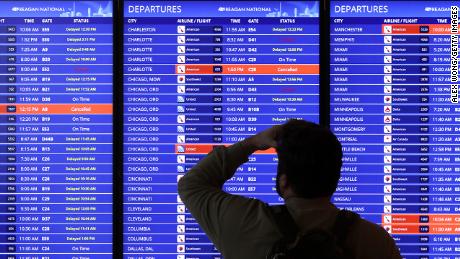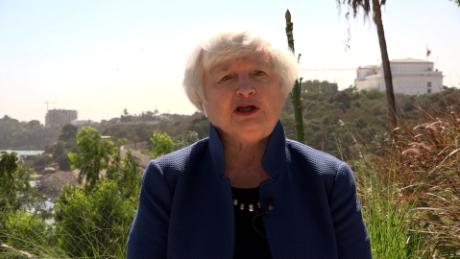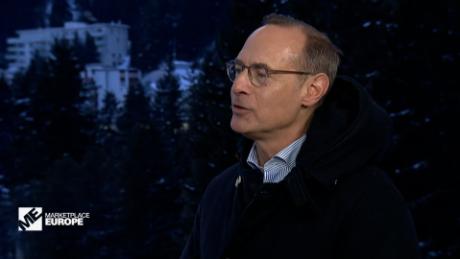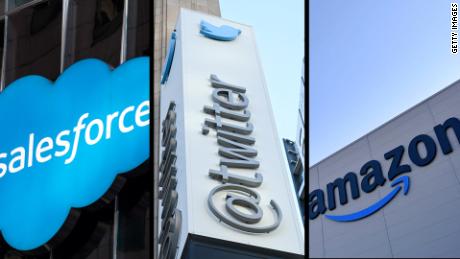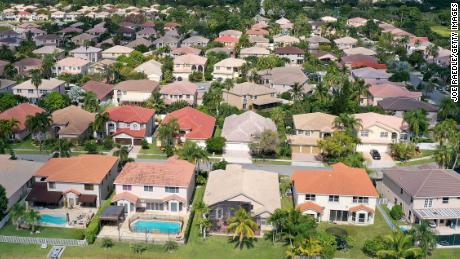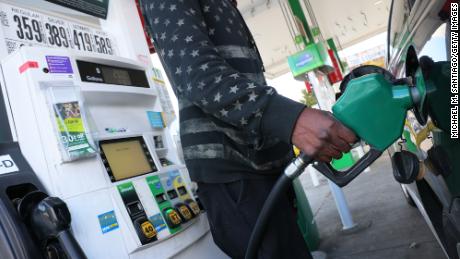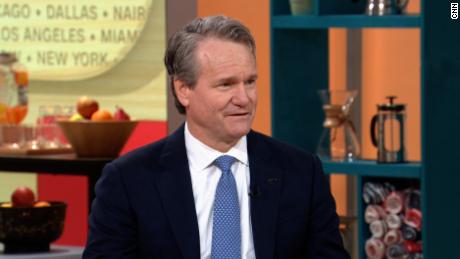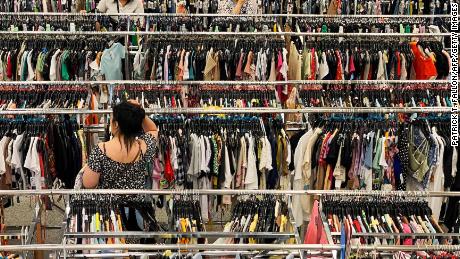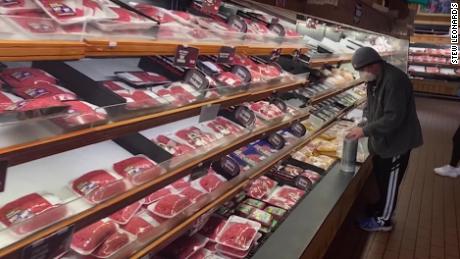Why US economic growth isn't as strong as it looks
Updated 2047 GMT (0447 HKT) May 1, 2019
Mark Zandi is chief economist of Moody's Analytics. He was an advisor to John McCain's 2008 presidential campaign and supported Hillary Clinton in the 2016 presidential election. The opinions expressed in this commentary are his own.
The US economy grew a surprisingly strong 3.2% in this year's first quarter, according to the latest real GDP estimate from the Bureau of Economic Analysis (BEA). This was about a percentage point more than expected by the consensus of economists who track this number. While a surprise, global investors didn't seem to care. Stock prices and interest rates hardly budged on the data. Why?
The main message in the first-quarter gain is that worries about an imminent recession, widespread just a few weeks ago, were overdone. The economic expansion that followed the Great Recession remains in place and is on track to celebrate its 10th birthday in June. A month after that, it could become the longest expansion in US economic history. The previous record holder, the 1990s expansion, was fueled by business adoption of the internet ŌĆö Amazon opened for business as an online bookseller in July 1994.
The current expansion is often thought of as weaker than those of the past, but this is largely why it has gone on for so long. Booms usually end because of runaway inflation, stock market and housing bubbles, or over-borrowing and mountains of debt. The 1990s expansion ended with the bursting internet stock market bubble. Remember Pets.com?
And this one is especially impressive, coming in the wake of a cataclysmic financial crisis. The policy response to the crisis, including stiffened financial regulation, has a lot to do with this. The nation's banks are arguably as strong as ever, since they are required to hold a lot more capital, invest in safer and more liquid assets, and be more prudent lenders. Credit growth is currently neither too hot nor too cold.
The first-quarter GDP gain makes the case that the expansion continues, yet it overstates the expansion's strength. Growth in the first quarter was pumped up by a large gain in business inventories, which have been ballooning since last summer. This means that businesses are producing more than they are selling, and that's not sustainable. Businesses soon will have no choice but to cut back on their output, and because GDP measures the value of all of the goods and services we produce, growth will slow.
The trade deficit also narrowed unusually sharply as imports plunged. Trade is highly volatile quarter to quarter, but the dive in imports in the first quarter was far and away the largest since the depths of the last recession. Imports fall in recessions because we buy a lot less of everything, including what is made overseas. But imports rarely decline during expansions. Last quarter's drop was likely due to fallout from President Trump's trade war with China, our biggest source of imported goods.
If not for the outsized gain in inventories and the atypical decline in imports, GDP growth in the first quarter would have been spot-on with the economists' consensus expectation of closer to 2% growth. Plus, the inventory and international trade figures are notorious for big revisions, since it takes longer for the BEA to measure them. So it would not be surprising to see revisions in the coming months that ultimately reduce first-quarter growth.
The bottom line is that the economy's growth has slowed meaningfully from a year ago, when it was juiced-up by deficit-financed tax cuts. That is, the U.S. Treasury borrowed hundreds of billions of dollars more last year from global investors to cut big checks to corporations and mostly high-income and wealthy households. It doesn't take an economist to realize that some of that money would be spent and would pump things up ŌĆö for a while. With that money now largely gone, consumers have reined in their spending, and the economy has throttled back to the just-over 2% growth that prevailed before the tax cuts. Meanwhile, of course, the nation's budget deficit and debt load are much larger.
Punk business investment was arguably the most sobering news in the first-quarter GDP numbers. The tax windfall for corporations was sold by its proponents as a way to get businesses to invest more, which in turn would power stronger productivity growth and result in a sustained increase in the economy's long-run growth. But that story line is not playing out. Instead, investment in equipment and buildings has flatlined since last summer.
This may explain why the strong first-quarter GDP numbers caused barely a ripple in financial markets. Investors understand that, instead of signaling a jump in the pace of growth, first-quarter GDP is instead consistent with the pace the economy has held to since the expansion began almost a decade ago.


